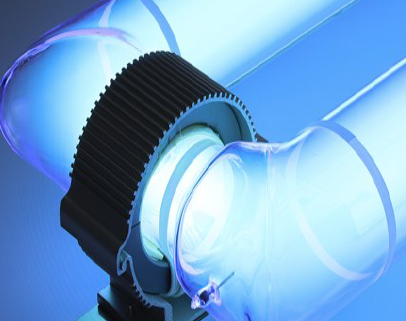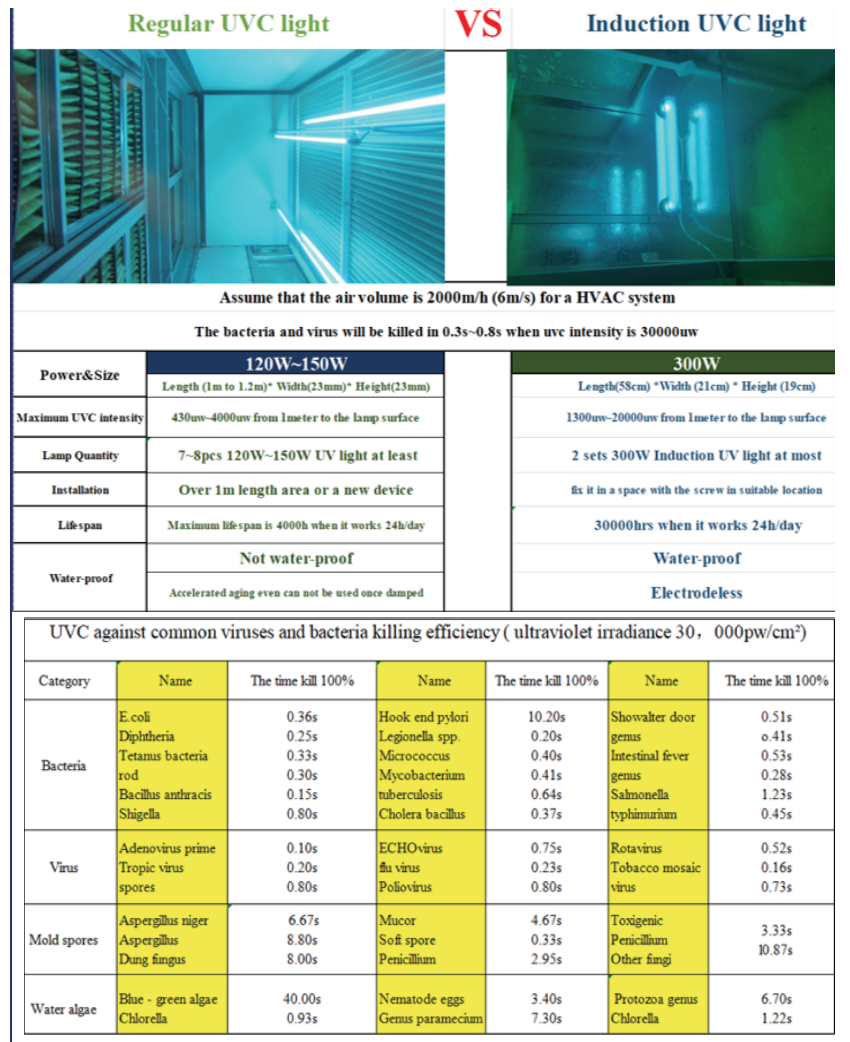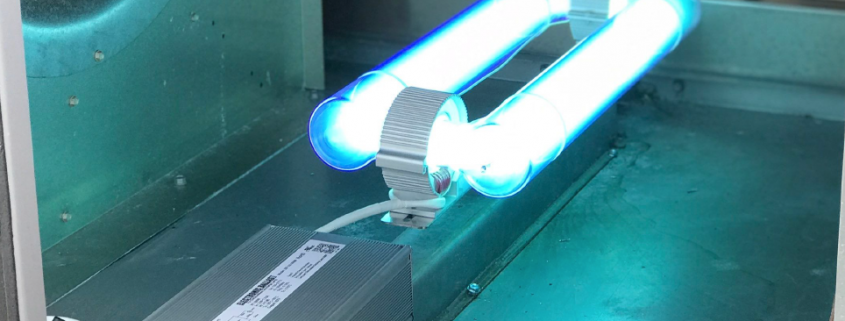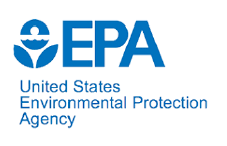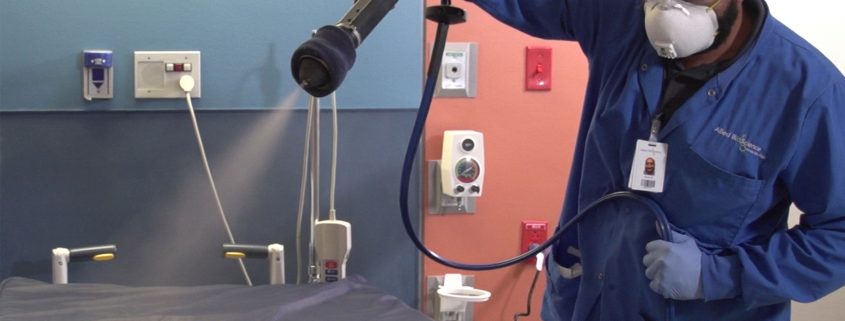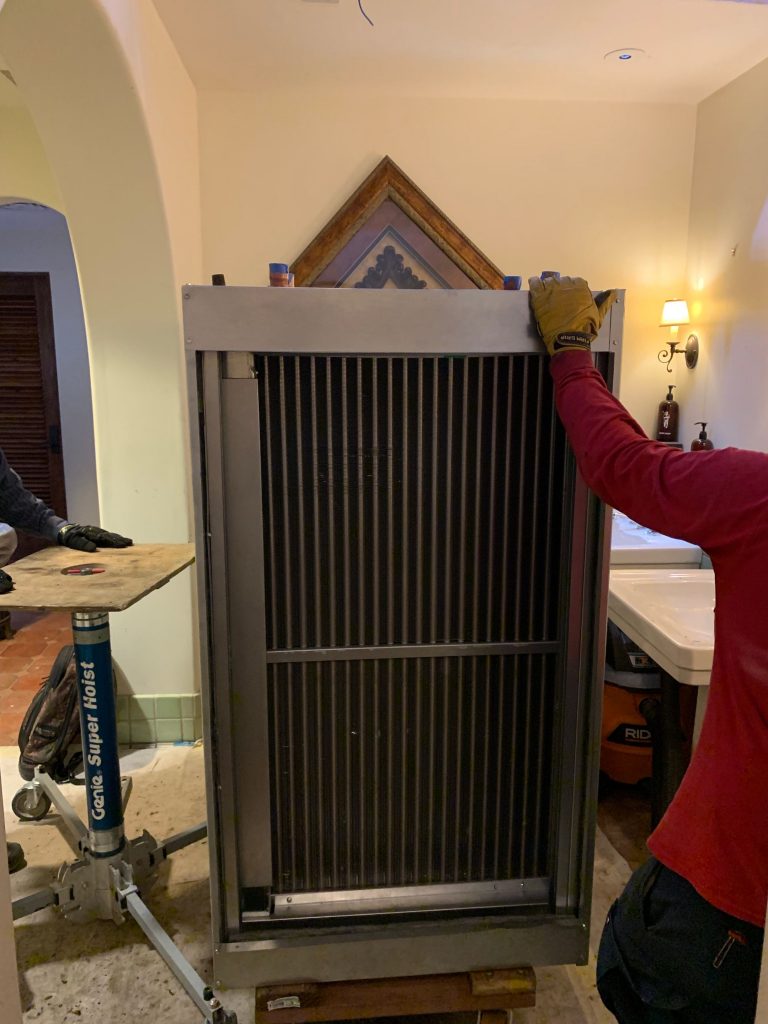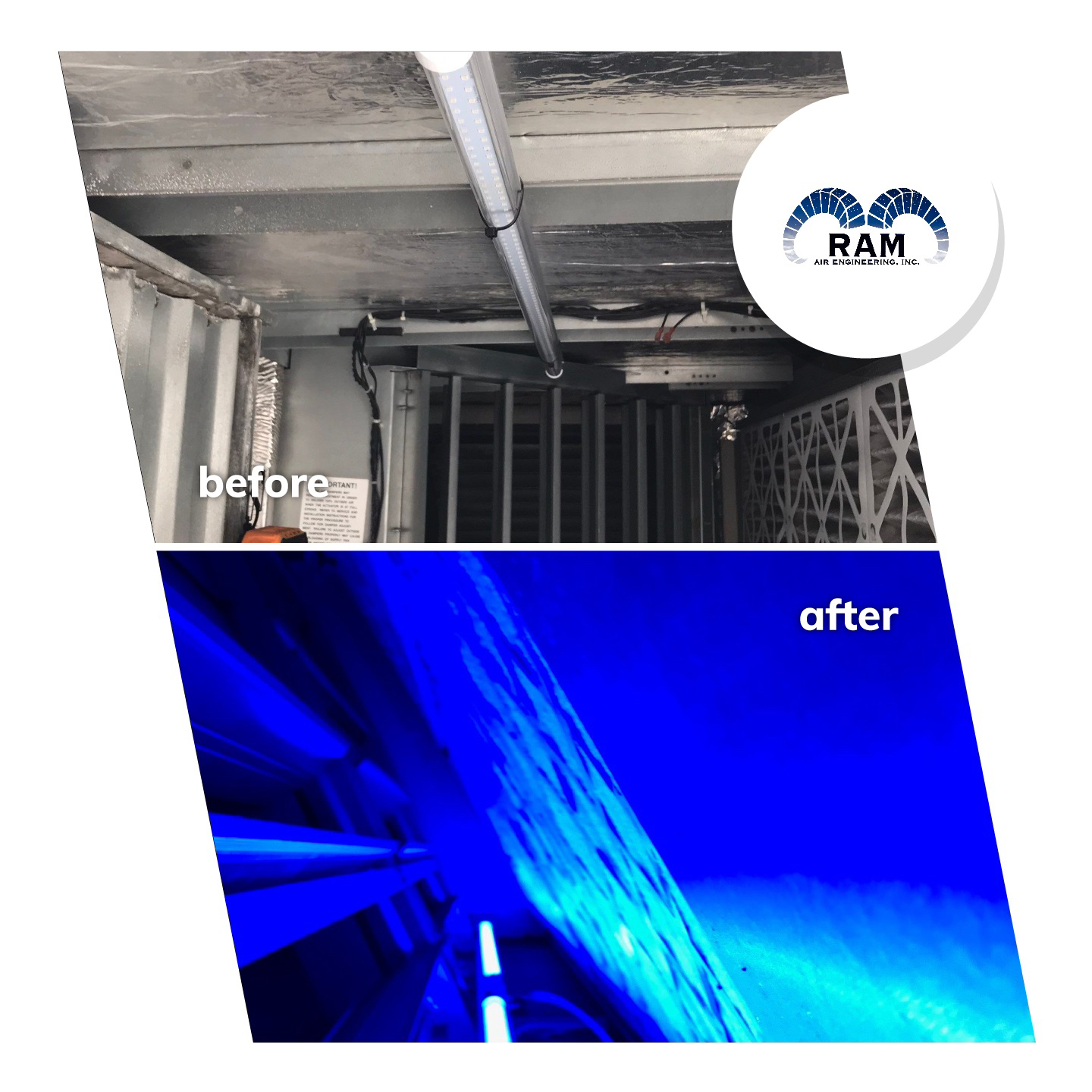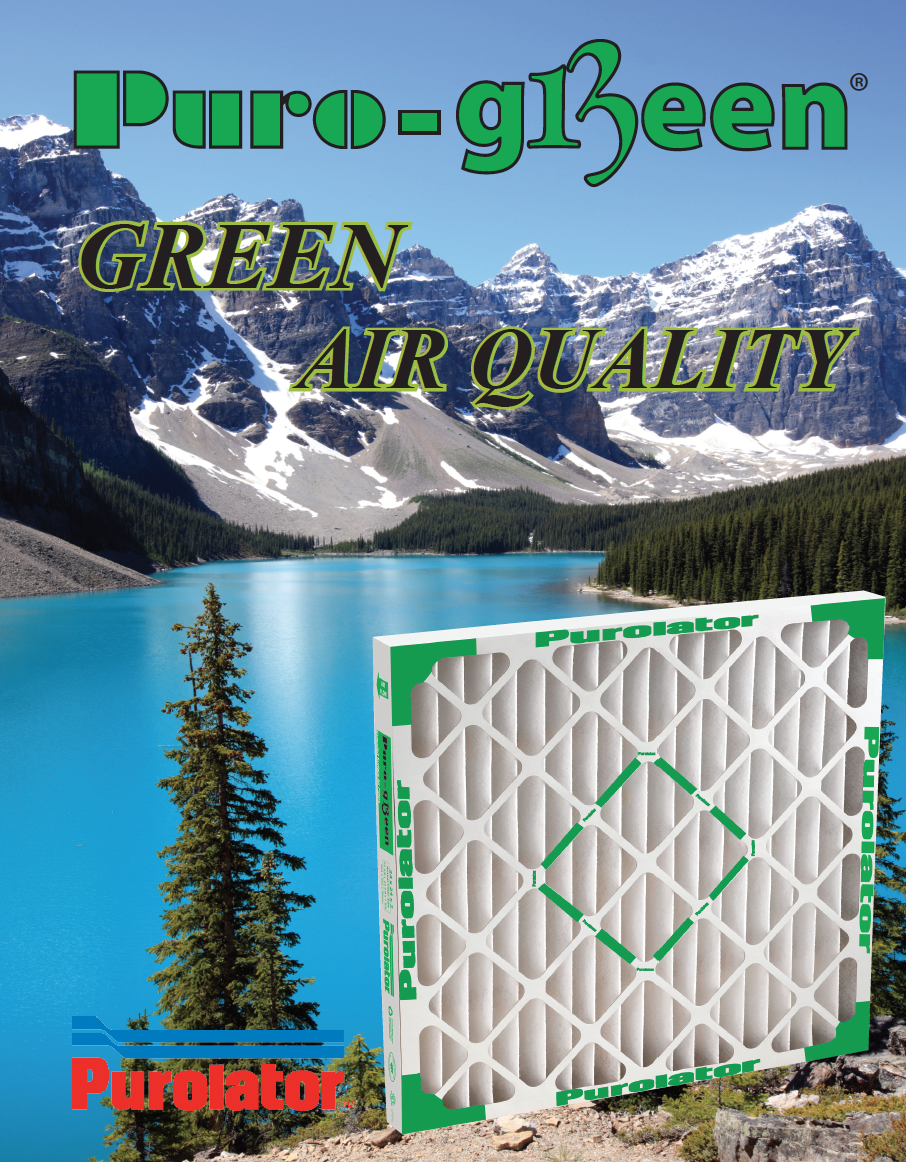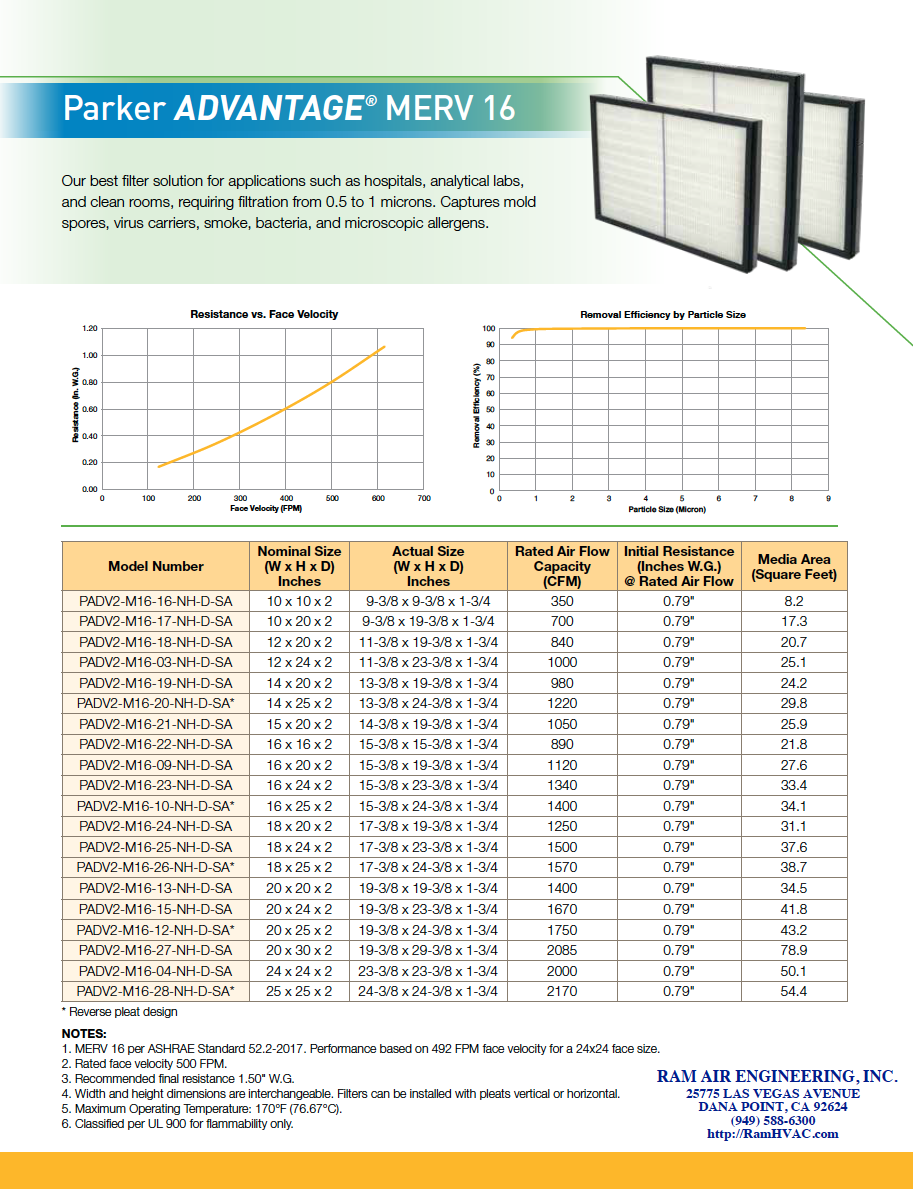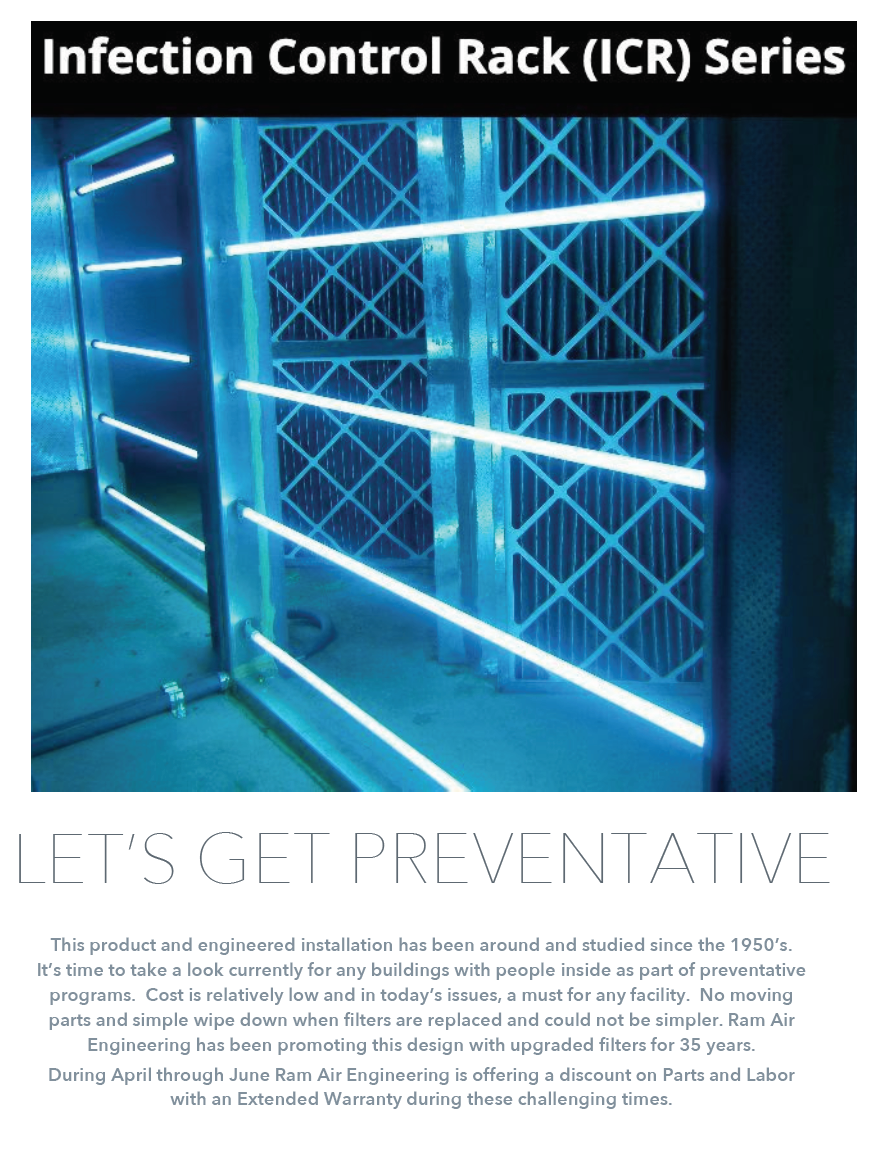Induction UVC Last 60,000 Hours
KILLS 99% OF ALL BACTERIA AND VIRUSES
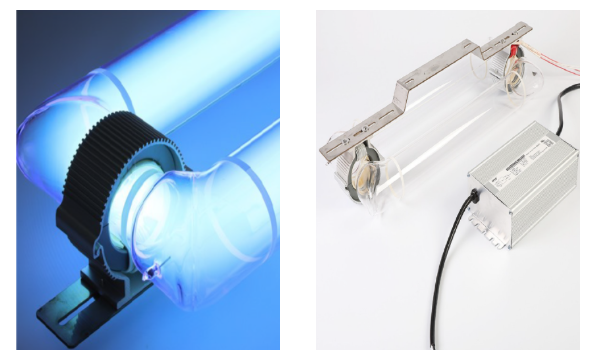
Induction UVC lamps beat regular UVC lamps hands down. Not only do they last 60,000 hours versus about 8-9000 hours for a regular UVC lamp, the induction lamps are waterproof. If you were to run a regular UVC lamp 24 hours per day the lifespan would be about 4,000 hours. The Induction UVC lamp will last 30,000 hours running 24 hours a day. How much will it cost you to replace the regular UVC lamps 7-8 times more?
EASY TO INSTALL
- + Teflon and PVC connection wire: Waterproof
- + Bracket and screw 316L SS: Anti-UVCorrosion
- + Special induction magnetic ring
- + Special Connecting Parts: Resistance to fall
- + Tube : Higher UV intensity
- + Special packaging
- + High Power ballast support 24h/day working
APPLICATIONS
- + Purification, Deodorization, Surface disinfection
- + Wastewater/ Gas treatment, Cold storage, Swimming Pool,
- + Aquarium, Tap water plant, Spray paint factory
- + Aquaculture farms, Cooling tower and etc…
Note
- + Lamp tube and ballast must be separately mounted
- + The lamp could be putting closed container/case and it can also be put into water
- + The length of wire is 2~2.6 meter, which is not permitted to extent the length of tube wire, otherwise it will influence the lamp working;
- + Please keep the UV lamp surface clean and clean the surface of the tube regularly to max its working effect
- + It’s prohibited that the naked eyes are exposed directly to the ultraviolet light.

